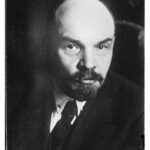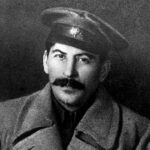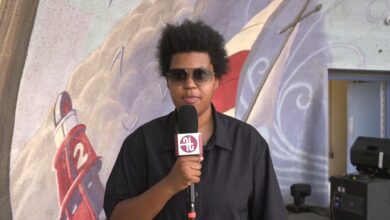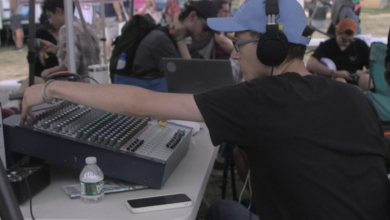HOW DID RUSSIA AND UKRAINE GET HERE? TWO HUNDRED YEARS OF CONFLICT.
FTC Reporter Sebastian Prout has an in-depth conversation about the Russo-Ukrainian War with Historian and YouTube Host of Real Time History/ The Great War Channel Jesse Alexander.
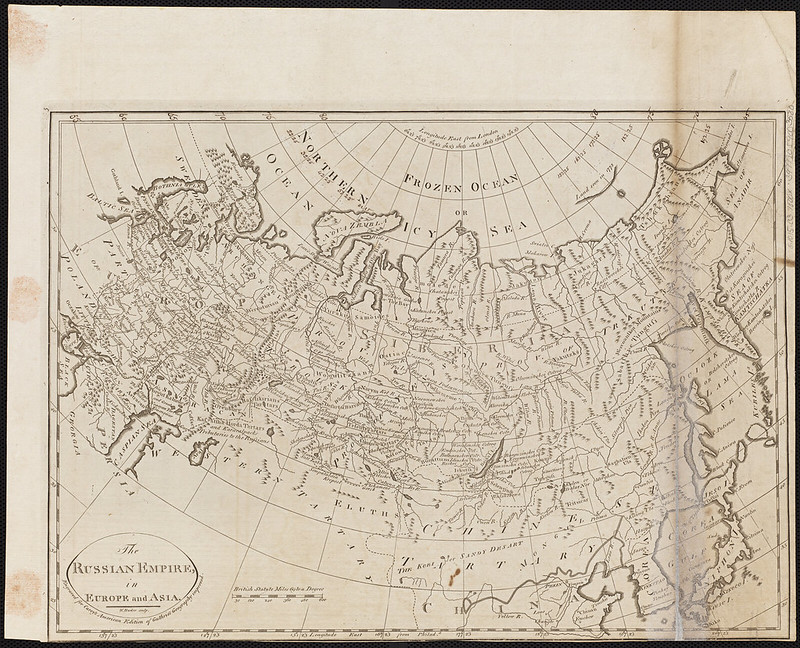
By Sebastian Prout
On Feb 24, 2022, Russian President Vladimir Putin announced to the world that he would invade Ukraine, taking the world and Ukraine by surprise. Putin called it a “special military operation,” but many saw it as a full-scale invasion of another country. The war has displaced 14 million people who have fled their homes: the most since the Second World War. Fighting has been brutal, and both sides are not showing signs of backing down in this conflict.
Conflict Origins
This conflict can be traced back to the Soviet Union and the fall of the Russian Empire in 1917 when Ukraine was part of Russia. YouTube Host, Jesse Alexander of Real Time History/ The Great War Channel, delivered context on the historical relationship between these two nations:
“I think the driving force behind this is that for a chunk of Russian society and in a certain current of Russian political thought and Russian national identity, it [Russia] just never accepted that change that the Soviet Union collapsed because it didn’t work. And that Ukraine was no longer a part of the same state as Russia and was no longer dominated in some way by Russia.”
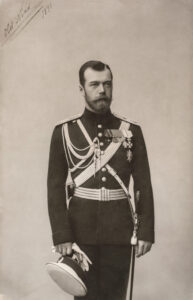
Russian Empire’s transformation into the USSR
Even before the rise of the Soviet Union, the Russian Empire had control of what is now called Ukraine. During that time, many Ukrainians were forced to speak Russian instead of their native language. Half of Ukraine was under Russian control, while the other half was under the Austrian Empire’s power, providing more freedom to speak Ukrainian.
“The Russian Empire was quite discriminatory against Ukrainian language and identity in the 19th century, and it was in the Austro-Hungarian controlled parts of today’s Ukraine that Ukrainians were able to have schools give more education, churches freely in their language and so on and so forth, have their identity more participated, politics more so there is that tradition in the Ukrainian world,” said Alexander. “It had to be outside of the Russian Empire partly some time.”
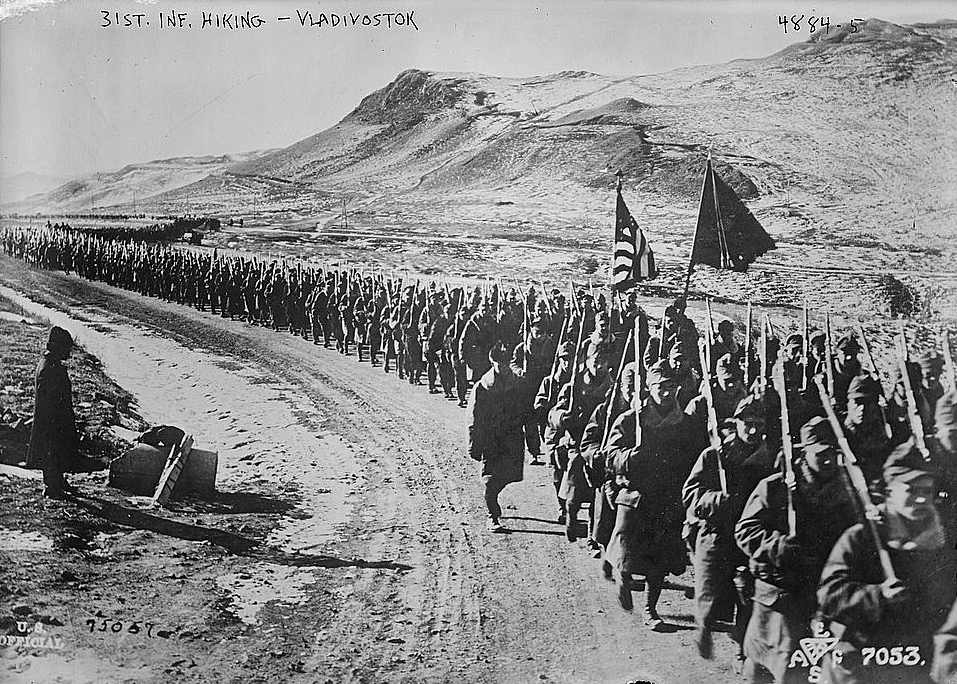
In the aftermath of the Russian Revolution and WWI, the Russian Empire succumbed to civil war and was decimated. Ukraine achieved independence in the chaos but was not recognized by the Bolsheviks, who took power after the Revolution.
Different factions continued their fighting in Ukraine. Isaac Chotiner wrote in The New Yorker, “In the middle of World War I and the Russian Revolution, with other nationalities trying and, in some cases, gaining independence, Ukrainians tried to do that but were ultimately defeated.”
Jesse Alexander suggests that the Ukrainian people continued infighting during this period due to a lack of national identity and differing ideologies. “Some Ukrainians supported the Bolsheviks, right? Not all Ukrainians supported this independence movement at the time. In 1917, 18,1920, some Ukrainians were part of a big anarchist movement that controlled part of the country for a couple of years.” This split caused the newly independent Ukraine to fall under the newly established Soviet Russia due to its failure to secure the trust of the people. Russian rule would last until the end of the cold war in the late 1990s.
The End of the Russian Civil War and the Rise of Stalin
When the Russian Civil War ended in 1923, Ukraine was absorbed by the Soviet Union. The Ukrainian Soviet Socialist Republic was now part of the newly established Union of Soviet Socialist Republics, ruled by the leader and founder of Communist Russia, Vladimir Lenin. He died towards the end of 1924, and his successor Joseph Stalin took power the following year. During Stalin’s reign of terror, he brought hard policies upon Ukraine forcing communist edicts and Russian nationalistic beliefs, which integrated the Ukrainians into Russian society. Kathryn David explains what Stalin did to the Ukrainian people in The Washington Post. “Beginning in the 1930s, Soviet historians revived imperial-era ideas that put forward Russia’s origins as being in Ukraine, tracing Russian history as beginning with the medieval Kingdom in Kyiv and emphasizing the expansion of imperial Russia as the foundation of Soviet Power.”
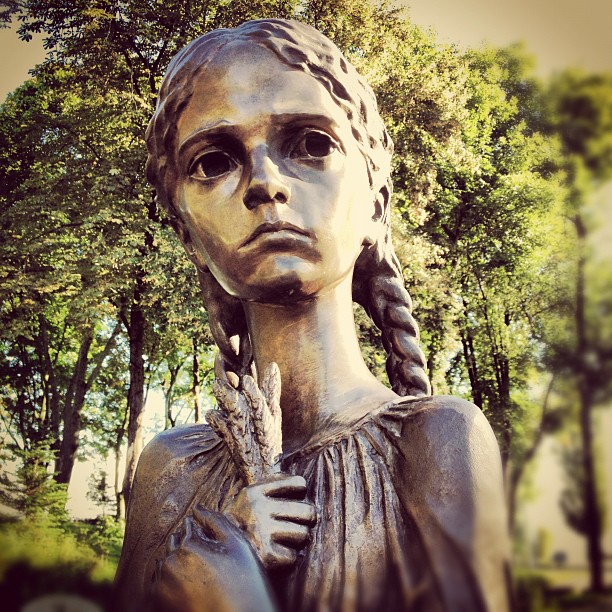
During this time, Stalin also began a massive famine called the Holodomor by seizing grain from the Ukraine peasants from 1932 to 1933. “Stalin decides, I’m going to make sure that these Ukrainian peasants accept rule from Moscow and accept our agricultural policy of collectivization by starving several million of them,” said Alexander. Large parts of the population were wiped out due to mass starvation. Eve Conant discussed the Holodomor in National Geographic, “Soviet leader Joseph Stalin orchestrated a famine that resulted in the starvation and death of millions of Ukrainians. Afterward, Stalin imported large numbers of Russians and other Soviet citizens—many with no ability to speak Ukrainian and with few ties to the region—to help repopulate the east.” This action is the reason why there are many Russian speakers living in the east of Ukraine.
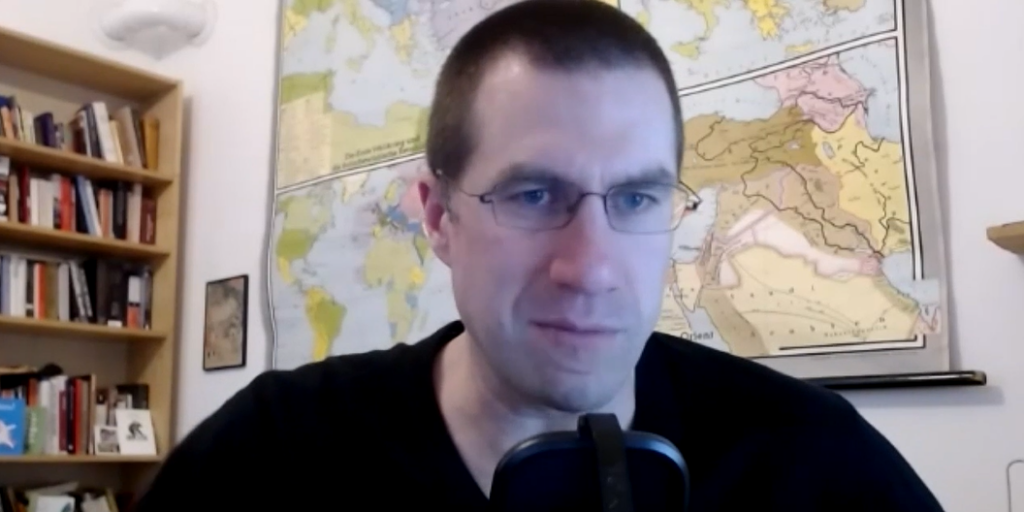
End of the Cold War and The Revolution of Dignity
By the end of the Cold War, the USSR was no more, and Ukraine achieved independence in 1991. Although Ukraine was free from Russia on paper, they were still under large-scale Russian influence, which can be seen from 2013 to 2014. This period is the starting point for future tension between Ukraine and Russia. During this period, Ukraine wanted to join the EU. Yet, former president Viktor Yanukovych backed out of a deal to join the EU, instead choosing to be closer to Russia, which would have significant implications in the near future.
According to Alexander the move came from “Russia wanting to interfere, Russia wanting to exert its influence and dominance by propping up, you know, a corrupt president who wanted to shift the system towards a more authoritarian system aligned with Russia.” This decision resulted in the former president of Ukraine fleeing to Russia after killing people and angering his government. Once that happened, there was massive unrest in the Donbas that wanted to break away from Ukraine and join Russia with the support of the Russian government. During that same period in 2014, Russia then secretly invaded Crimea, which was part of Ukraine, not Russia at the time. NPR’s Becky Sullivan states, “With Russian troops in control of the peninsula, the Crimean parliament votes to secede from Ukraine and join Russia. A public referendum follows, with 97% of voters favoring secession, although the results are disputed.” These actions also show that Russia would do anything to punish Ukraine for going against what it wanted to do.
Russian Military Buildup
A massive Russian troop buildup was on the Ukraine border from the spring 2021 to November of the same year. This action brought huge fear from Western governments that Russia could launch a full-scale invasion from all directions. The New York Times analyzed the buildup, “Much of the buildup so far, according to officials and military analysts, has involved troops and equipment that take time to deploy, including tanks and heavy armor, some of which have traveled by train from bases as far away as Siberia.”
Images also showed large numbers of troops, tanks, and heavy equipment. “Before launching a significant military operation, Russia needs to deploy reserve soldiers and logistical infrastructure, like field hospitals, that until recently appeared to be missing from positions near Ukraine, analysts say. But these elements, along with additional troops, have been moving into some areas of Russian deployment, Ukrainian and Western officials say.”
This brought fears in Ukraine that a war with Russia was likely going to happen. The Washington Post reported on Russia’s plan and motive, “The Kremlin has been moving troops toward the border with Ukraine while demanding Washington guarantee that Ukraine will not join NATO and that the partnership will refrain from certain military activities in and around Ukrainian territory.”

Geneva – Switzerland, 25-29 January 2021. Copyright ©? World Economic Forum/Pascal Bitz
Vladimir Putin, President of the Russian Federation.
(Photo via Flickr)
Putin’s Speech and Russian Invasion
On Feb 24, 2022, Russian President Vladimir Putin made a televised speech to his nation and the world. During his speech, he announced that there would be a special military operation in Ukraine. His statement came after months of speculation due to the large number of Russian militaries built up on the border with Ukraine, causing massive concerns by the West. Putin’s speech mentioned NATO as well as territory under Russian control. The New York Times said, “The operation’s goal, Mr. Putin said, was “to defend people who for eight years are suffering persecution and genocide by the Kyiv regime,” citing the false accusation that Ukrainian forces had been carrying out ethnic cleansing in separatist regions of eastern Ukraine.” This also made it very clear that Russian President Putin would do anything in his power to take over another country by force if necessary.
During his speech, Putin warned anyone who wants to help Ukraine. “Anyone who tries to interfere with us, or even more so, to create threats for our country and our people, must know that Russia’s response will be immediate and will lead you to such consequences as you have never before experienced in your history,” Mr. Putin said. “We are ready for any turn of events.” The quote sent shockwaves to anyone who wanted to help Ukraine. In other words, Putin’s invasion of Ukraine had begun, and the world got the message, and he wanted everyone to know his intentions. After Putin’s speech, Russian forces began to invade Ukraine from all sides of the country.
Russian forces pushed into Ukraine at the start of the invasion and were in proximity to taking the capital of Kyiv in the early days of the invasion. As Russian troops were getting close to Kyiv, a series of defeats hit the opposing forces due to many issues, from logistics, ammunition, and planning in the early days of the invasion. Center for Strategic & International Studies weighed in why Russia failed in the first few moments of the war to take Kyiv “The Russian military faced considerable logistics challenges, in part because of poor training and planning. During the Russian push to Kyiv in the early phase of the war, for example, Russian ground forces faced massive logistical, command, and control challenges operating in contested areas inside of Ukraine. Without access to rail transport and with roads clogged with Russian vehicles, Russian ground forces failed to move fuel, munitions, spare parts, and other matériel quickly and efficiently to forward-deployed units. Supply lines could not keep up with the long combat pushes, and logistics vehicles were not properly protected.” Russian troops were killed on the battlefield, resulting in the Russian army’s retreat from taking Kyiv, which stunned many Western nations on Russia’s failure early in the war.
Jesse Alexander explained, “If you’re trying to invade somewhere and you don’t have enough supplies and the proper supply chain set up, you’re going to run out of steam much sooner than you think, especially if the other guy’s fighting back. And I think that’s definitely something that happened to the Russians in this war.”
Russian War Crimes
After the Russian army disaster failed to take Kyiv, they began retreating to eastern Ukraine. As the Ukrainian army chased them, it encountered massive graves of civilians killed by the Russian forces at the start of the invasion in the areas they occupied before leaving.
As Ukrainian troops regained territory that once was under Russian control, many of them discovered the horrors of what the enemy did to the civilian population. Many civilians who were killed and tortured were women and children. Some of the victims were thrown in massive graves in many regions of Ukraine; one such grave was in Bucha, just 15 miles from the capital of Kyiv. The New York Times reported on Bucha, “The evidence shows that the killings were part of a deliberate and systematic effort to ruthlessly secure a route to the capital, Kyiv. Soldiers interrogated and executed unarmed men of fighting age and killed people who unwittingly crossed their paths — whether it was children fleeing with their families, locals hoping to find groceries, or people simply trying to get back home on their bicycles.” Many victims were civilians who were toured and then killed by Russian forces discriminately, bringing outrage in the West due to the sheer action under Russia. Many of the killers were recorded by Russian troops to show the world their heinous acts.
Following Bucha, mass graves were also discovered in Izium, 70 miles from the city of Kharkiv. After Ukrainian troops liberated both cities from Russia, they found more shocking crimes. Amnesty International had this to say about what happened in the town, “After retaking control of Izium in Kharkiv region, the Ukrainian authorities announced that they had discovered an improvised grave site in a nearby forest where they counted more than 440 recent burials. According to Oleh Kotenko, Ukraine’s Commissioner for Missing Persons, the grave site was hastily dug to deal with numerous casualties, including from heavy shelling of the town by the Russian forces in February and March 2022.” Many people killed were women, children, and soldiers who were prisoners of war killed by enemy troops. Many of the victims were tortured by Russian troops commanders who were in charge at the time.
Many other war crimes have occurred during this conflict, resulting in thousands of children being taken from their parents and sent to Russia to live with Russian families. Due to this action, members of Putin’s inner circle have been indicted by International Criminal Court in this war for their crimes.
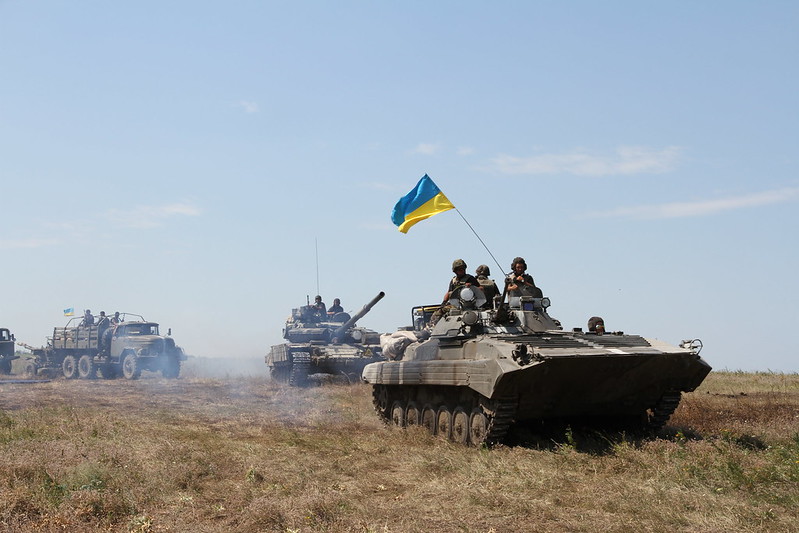
Ukrainian Counter-Offensive in Southern Ukraine and Sum Up
As the war continues, Ukrainian forces have since retaken the strategic city of Kherson in November of 2022. There are growing signs that there could be a massive counterattack by the Ukrainian army to take all of south Ukraine and get closer to Crimea, a Russian stronghold. In April 2023, Tara Law reported on the importance of the counter-offensive in The New York Times, “This region is particularly important to Ukraine for several major reasons. For one, large numbers of people live in the area, including Melitopol and Tokmak. The region is also along the Sea of Azov, and its ports are important for Ukraine to maintain foreign trade.”


